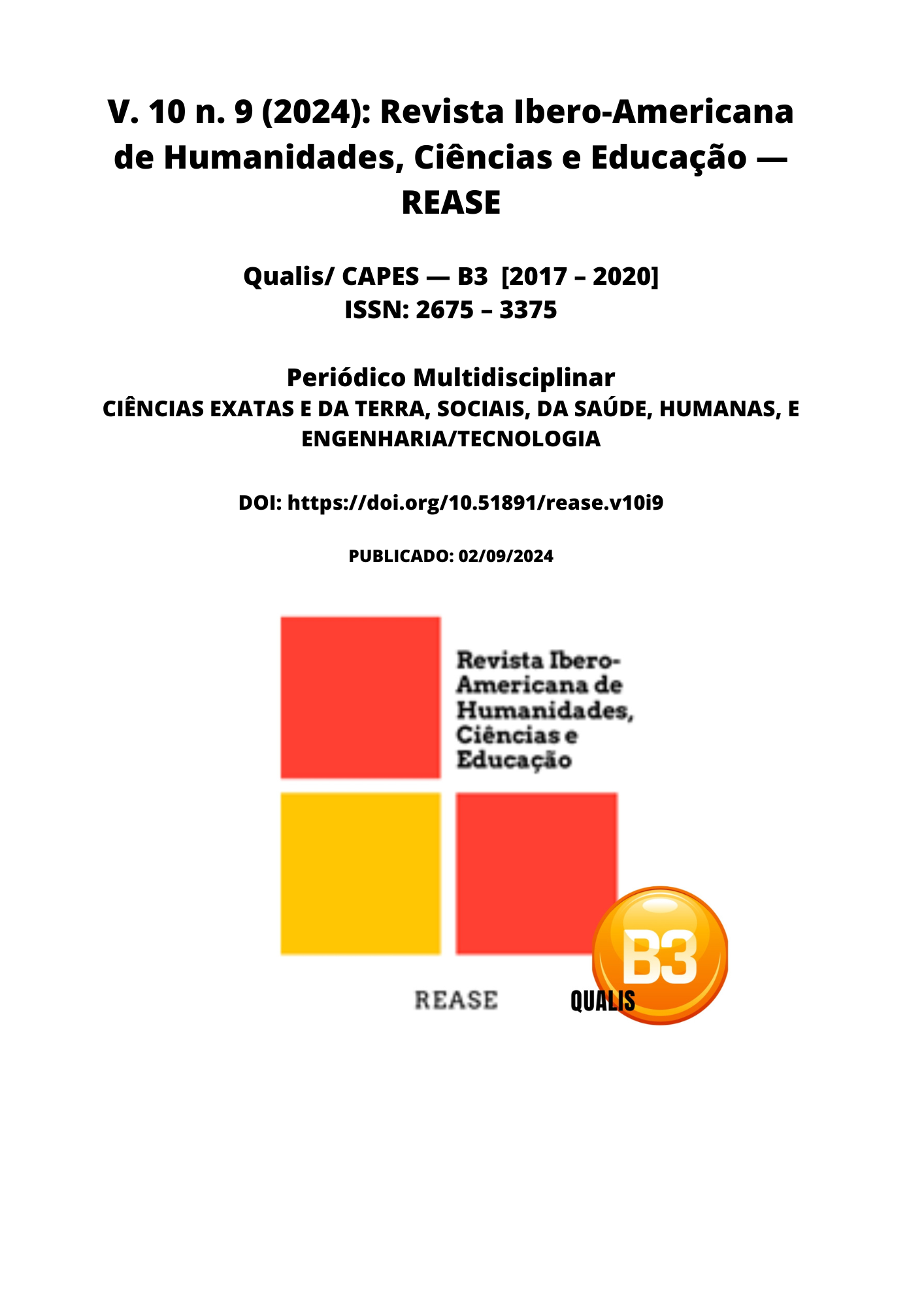CATARACT AND THE SECONDARY INTRAOCULAR IMPLANT: A SYSTEMATIC REVIEW
DOI:
https://doi.org/10.51891/rease.v10i9.15632Keywords:
Cataract surgery. Indications. Results. Efficacy and Safety.Abstract
Introduction: Cataract is an ocular condition characterized by opacity of the crystalline lens, leading to decreased visual acuity. The most common treatment for cataract is cataractectomy, a procedure that involves removing the opaque crystalline lens and replacing it with an intraocular lens (IOL). However, complications may arise, requiring the use of secondary intraocular lenses. These lenses are used when the primary IOL is not sufficient or when there are complications such as displacement or opacity of the posterior capsule. The secondary intraocular implant appears as a solution to restore vision in cases where the primary IOL does not adequately meet the patient's visual needs. Objective: To evaluate the efficacy and safety of the secondary intraocular implant in patients who underwent cataractectomy and presented complications that led to the need for an additional implant. Methodology: The systematic review was conducted following the PRISMA checklist. The databases used were PubMed, Scielo and Web of Science, and the descriptors included were Cataract Surgery, Indications, Results, Efficacy and Safety. Articles published in the last 10 years were included. Study selection was based on rigorous criteria to ensure relevance and quality of information. Results: The results revealed that secondary intraocular implantation can be effective in correcting persistent visual problems after cataract surgery, with significant improvements in visual acuity. However, the success of the procedure depends on factors such as precision in lens placement and control of postoperative complications. In addition, the reviews indicated a reduced rate of serious complications associated with secondary implantation, but still indicated the need for continuous monitoring for possible long-term adverse effects. Conclusion: Secondary intraocular implantation represents a valuable solution for patients facing complications after cataract surgery. The efficacy of the procedure and associated safety demonstrate that, although the risk of complications is reduced, close monitoring is essential. The information provided in this systematic review contributes to a better understanding of the options available for the management of cataract complications, helping to make more informed clinical decisions.
Downloads
Downloads
Published
How to Cite
Issue
Section
Categories
License
Atribuição CC BY

